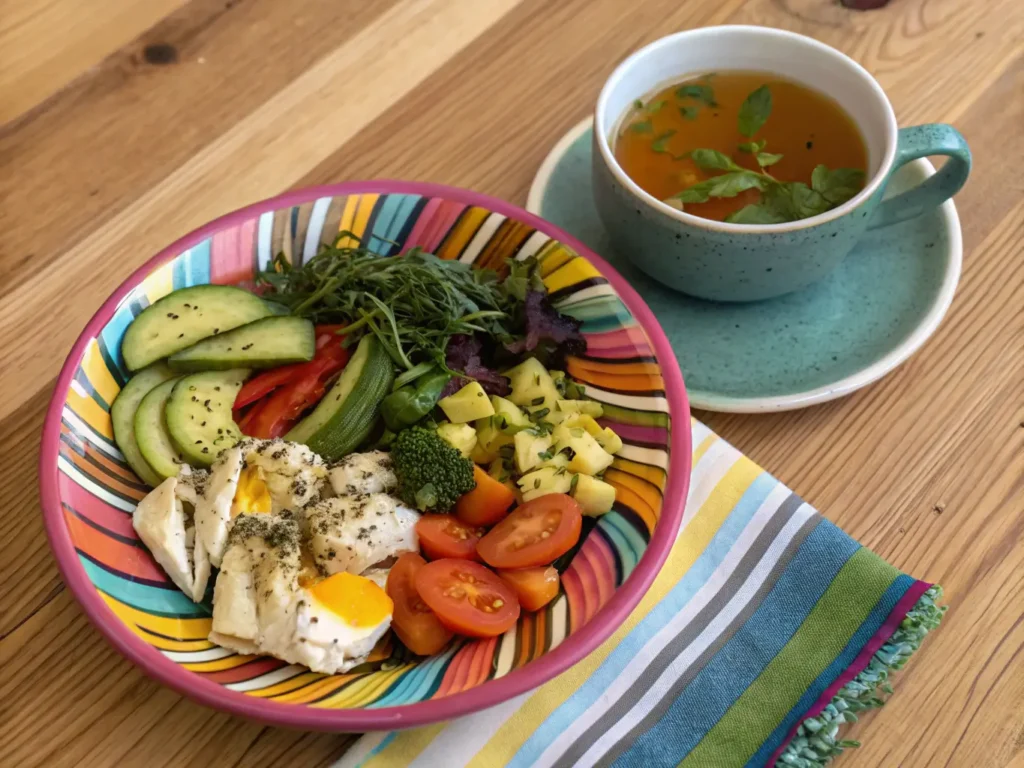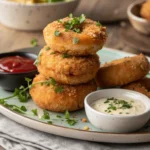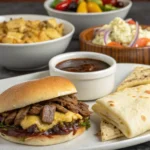For people dealing with food sensitivities, inflammation, or unexplained allergic reactions, finding meals that are both safe and satisfying can feel overwhelming. That’s where low histamine recipes come in. These gentle, nutrient rich meals are designed to support people with histamine intolerance, a condition that affects how the body handles naturally occurring histamines in foods.
Whether you’ve been diagnosed with histamine sensitivity or you’re just exploring a gentler approach to eating, this guide is packed with easy low histamine recipes, chef approved prep tips, and ingredient swaps to help you eat well without triggering symptoms.
Let’s start by understanding what a low histamine diet really is and who it’s meant for.
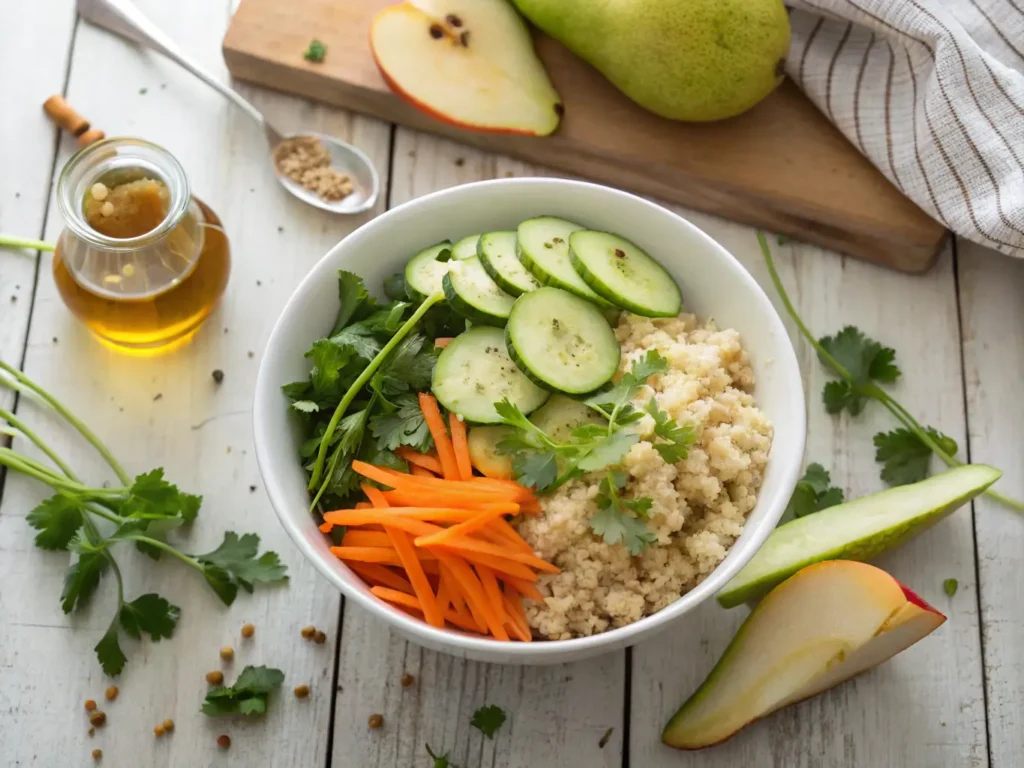
What Is a Low Histamine Diet and Who Is It For?
A low histamine diet limits or avoids foods that are high in histamines or that trigger histamine release in the body. It’s commonly recommended for people who have:
- Histamine intolerance
- Mast cell activation syndrome (MCAS)
- Allergic type symptoms without a clear allergen
Histamine is a natural compound found in many foods and it also plays a role in the body’s immune response. However, when your body can’t break it down properly (often due to low DAO enzyme levels), it can lead to symptoms like:
- Headaches or migraines
- Skin rashes or hives
- Digestive discomfort
- Runny nose or sneezing
- Fatigue or brain fog
A low histamine diet helps reduce the load on your system by eliminating foods that are aged, fermented, cured, or overly processed. It focuses on fresh, minimally processed meals with clean ingredients.
Ingredients to Use and Avoid in Low Histamine Recipes
When following a low histamine diet, success starts with understanding which foods are safe and which ones are likely to cause a reaction. Since histamine levels increase in aged, fermented, or leftover foods, the key is to use fresh ingredients and cook meals from scratch as often as possible.
Below is a simple breakdown of ingredients that are typically well tolerated vs. those that are commonly avoided in low histamine recipes.
Low Histamine Friendly Ingredients
These ingredients are commonly used in low histamine cooking and are typically safe for most people:
- Fresh meats (chicken, turkey, white fish not aged or cured)
- Fresh vegetables like:
- Zucchini
- Carrots
- Broccoli
- Cucumber
- Sweet potato
- Grains: White rice, quinoa, oats
- Fruits: Apples, pears, blueberries, mango
- Herbs: Basil, parsley, thyme
- Fats: Olive oil, ghee, coconut oil
- Beverages: Herbal teas like chamomile or rooibos
Tip: Always eat meats the day they’re cooked, or freeze immediately after cooking to prevent histamine buildup.
High Histamine or Histamine Releasing Foods
The following are best avoided when cooking low histamine recipes, as they may worsen symptoms:
- Aged or processed meats (salami, bacon, ham)
- Aged cheeses (cheddar, parmesan)
- Tomatoes and eggplant
- Spinach
- Vinegar, soy sauce, fish sauce
- Citrus fruits (orange, lemon, lime)
- Fermented foods (yogurt, sauerkraut, kombucha)
- Alcohol (especially red wine and beer)
Everyone’s tolerance is different, so it’s wise to keep a food journal and reintroduce foods gradually once symptoms improve.
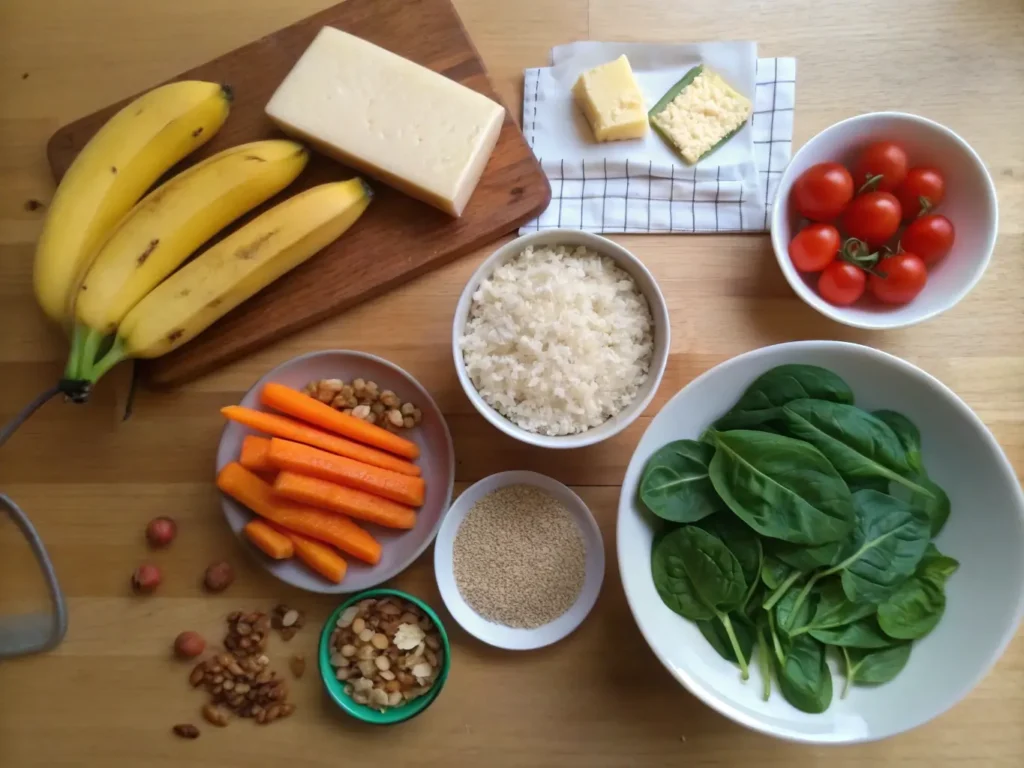
Chef Lucas Benette’s Low Histamine Recipe Prep Tips
When cooking for a low histamine lifestyle, freshness is everything. According to Chef Lucas Benette, who has helped clients with dietary sensitivities, the way you prep and store food can make or break a low histamine dish.
Here are Lucas’s top strategies to keep your recipes clean, safe, and flavorful:
1. Cook Fresh, Eat Fresh
“Histamine levels rise the longer food sits,” says Lucas. “So, your best bet is to cook and eat meals the same day.”
- Buy meats on the same day you plan to cook them
- Use fresh vegetables and herbs whenever possible
- Avoid leftovers, or freeze them immediately after cooking
2. Freeze Individual Portions
If you do want to prep ahead, Lucas suggests portioning your meals and freezing them right after they cool.
- Use glass containers or BPA free freezer bags
- Label with date and ingredients
- Reheat only what you need don’t thaw and re freeze
3. Avoid Slow Cooking and Fermenting
Long cooking times (like in a slow cooker) may increase histamine levels, especially in meat based dishes.
- Stick to quick cooking methods like steaming, stir frying, baking, or light sautéing
- Avoid marinating meat for long periods cook it fresh with dry herbs instead
4. Use Natural Flavor Boosters
To make up for missing ingredients like vinegar, citrus, or tomato paste, Lucas recommends:
- Pear juice or apple juice for acidity in sauces
- Herbs like thyme, parsley, and basil for freshness
- Coconut milk or zucchini puree to add creaminess
3 Easy Low Histamine Recipes to Try
If you’re starting out with a low histamine diet, it can feel a little limiting at first but with a few core ingredients and simple methods, you can build flavorful meals that are nourishing, satisfying, and safe.
Here are three go to low histamine recipes one for each main mealtime.
1. Breakfast: Coconut Chia Porridge with Pear
Ingredients:
- 3 tbsp chia seeds
- 1 cup unsweetened coconut milk
- ½ ripe pear, chopped
- 1 tsp maple syrup (optional)
- Pinch of cinnamon
Instructions:
- Combine chia seeds and coconut milk in a bowl.
- Stir and let sit for 5 minutes, then stir again to prevent clumping.
- Refrigerate for at least 1 hour or overnight.
- Top with chopped pear and a drizzle of maple syrup before serving.
Avoid citrus fruits or fermented toppings like yogurt.
2. Lunch: Quinoa Veggie Bowl with Fresh Herbs
Ingredients:
- ½ cup cooked white quinoa
- ½ cup chopped zucchini (lightly steamed)
- ½ cup chopped cucumber
- ¼ cup shredded carrots
- 1 tbsp fresh parsley or basil
- 1 tbsp olive oil
- 1 tsp pear juice or mild apple juice for brightness
- Salt to taste
Instructions:
- Mix all ingredients in a bowl.
- Drizzle with olive oil and pear juice.
- Sprinkle with herbs and a pinch of salt.
- Serve fresh do not store for long periods.
Make this a complete meal by adding a grilled chicken breast cooked fresh.
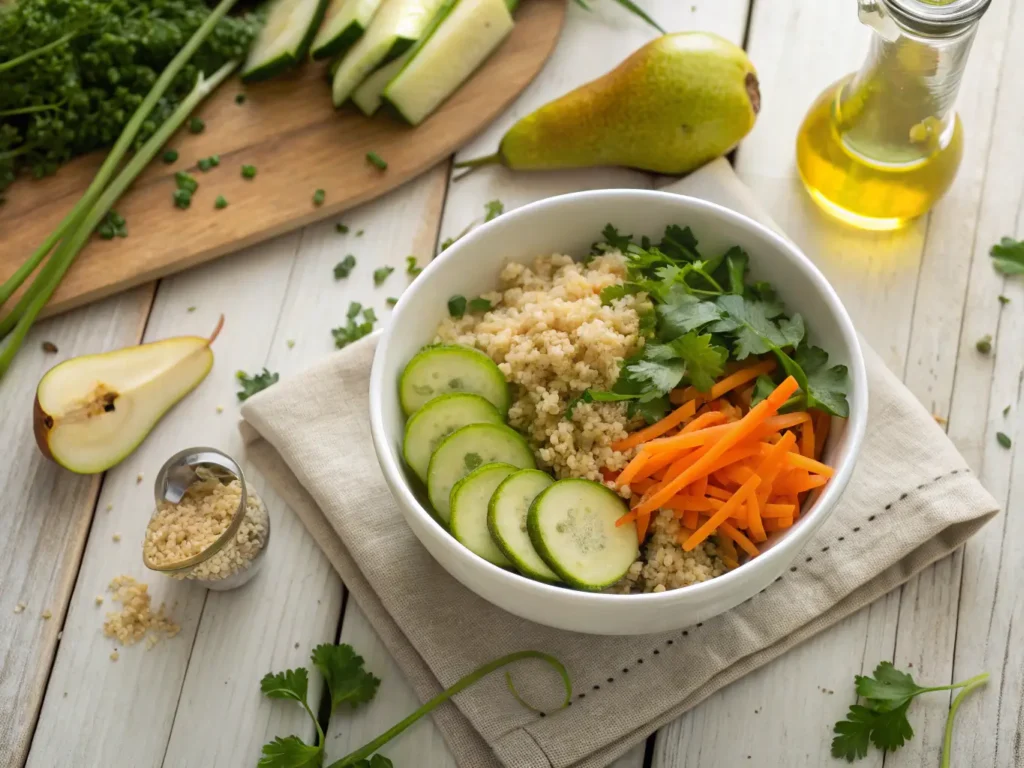
3. Dinner: Baked White Fish with Steamed Zucchini
Ingredients:
- 1 white fish fillet (cod or haddock), fresh
- 1 tbsp olive oil
- Salt and chopped thyme
- 1 zucchini, sliced
- ½ cup white rice (optional side)
Instructions:
- Preheat oven to 375°F (190°C).
- Place fish on parchment lined tray. Brush with olive oil, sprinkle with thyme and salt.
- Bake for 12–15 minutes until cooked through.
- Steam zucchini until tender. Serve with white rice.
Eat immediately or freeze leftovers right away.
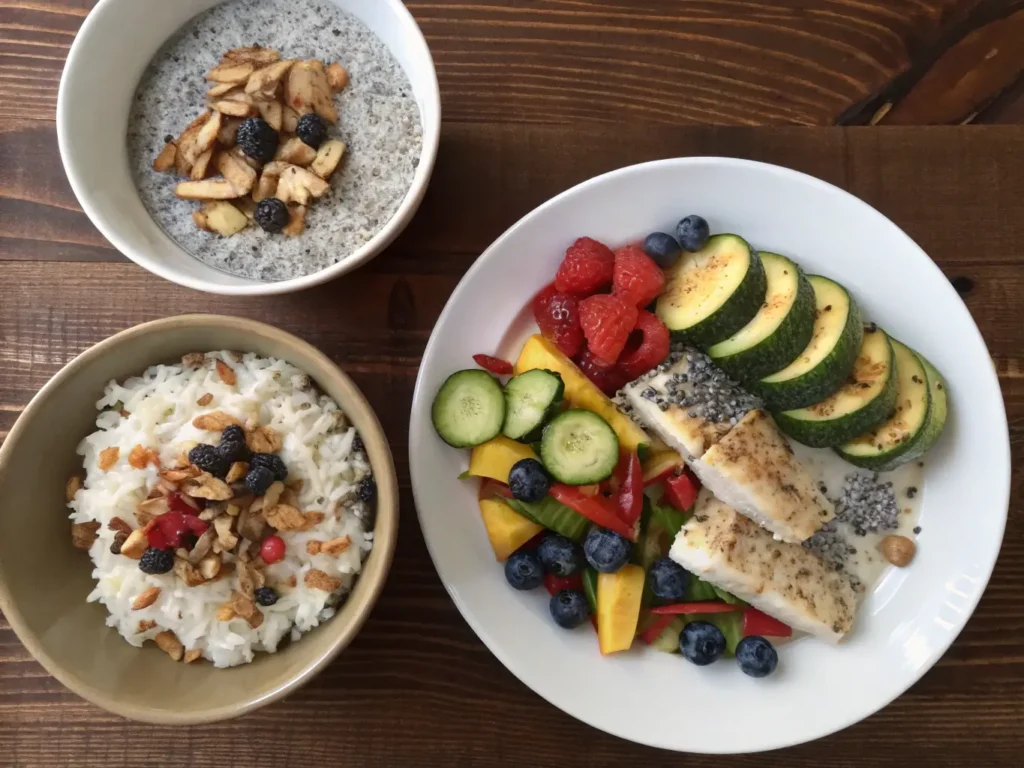
Safe Substitutions & Food Chart
Cooking with low histamine ingredients doesn’t mean sacrificing flavor or variety. With the right swaps, you can still enjoy comforting meals even without common staples like tomatoes, vinegar, or citrus.
Here’s a quick reference chart of common high histamine triggers and their gut friendly alternatives, perfect for meal planning and recipe adjusting.
Low Histamine Food Substitution Table
| Avoid This | Use Instead | Notes |
|---|---|---|
| Vinegar | Pear juice or apple juice | Use in dressings and marinades for light acidity |
| Spinach | Kale or Swiss chard | Lightly steam kale for better digestion |
| Tomatoes | Roasted red bell peppers | Use fresh, not jarred or sun dried |
| Lemon/Lime Juice | Blueberries or pear purée | Adds tartness to smoothies or sauces |
| Aged Cheese | Ricotta or cream cheese | Use in small amounts, and ensure freshness |
| Soy Sauce | Coconut aminos (if tolerated) | Check label for added preservatives |
| Canned Tuna | Fresh cooked white fish | Freeze immediately after cooking |
| Fermented Yogurt | Coconut milk or ricotta | Avoid dairy fermentation opt for freshness |
Remember: Fresh is best. Cook and freeze right away if you need to store meals beyond the day.
FAQs About Low Histamine Recipes
1. What is a good low histamine dinner?
A great low histamine dinner is one that’s freshly cooked, simple, and free from aged or fermented ingredients. A good example is baked white fish with steamed zucchini and white rice, seasoned with fresh herbs and olive oil. Stir fried chicken breast with carrots and quinoa is another satisfying option. Always cook and eat the meal the same day, or freeze portions immediately.
2. What is a low histamine breakfast?
Low histamine breakfast ideas include chia seed pudding with coconut milk, oatmeal with blueberries and maple syrup, or a quinoa porridge with pear slices. Avoid aged or fermented foods like yogurt, citrus fruits, or processed cereals. Keep it fresh, light, and simple to support digestion.
3. Can I eat pizza on a low histamine diet?
Traditional pizza is not low histamine–friendly due to high histamine ingredients like tomato sauce, aged cheese, processed meats, and yeasted dough. However, you can try a modified version using:
- A gluten free, yeast free flatbread
- White cheese (like ricotta, if tolerated)
- Roasted red pepper (instead of tomato sauce)
- Fresh herbs for flavor
It’s best enjoyed freshly made and eaten right away.
4. Are eggs bad for histamine intolerance?
Egg yolks are generally well tolerated, while egg whites can sometimes trigger symptoms as they may act as histamine liberators. Many people with histamine intolerance can eat fresh, pasture raised eggs in moderation. As always, test your own tolerance slowly and avoid pre cooked or stored eggs.
Final Thoughts on Living Well with Low Histamine Meals
Living with histamine intolerance can feel limiting at first but with the right ingredients, prep habits, and a bit of creativity, low histamine recipes can become part of a vibrant, nourishing lifestyle.
Chef Lucas Benette encourages a simple philosophy:
“Stick to fresh ingredients, cook with confidence, and enjoy the process. You don’t need dozens of fancy foods just a few that treat your body well.”
By keeping meals clean and cooking from scratch, you give your body space to rest, recover, and thrive all while enjoying food that’s delicious and comforting.
